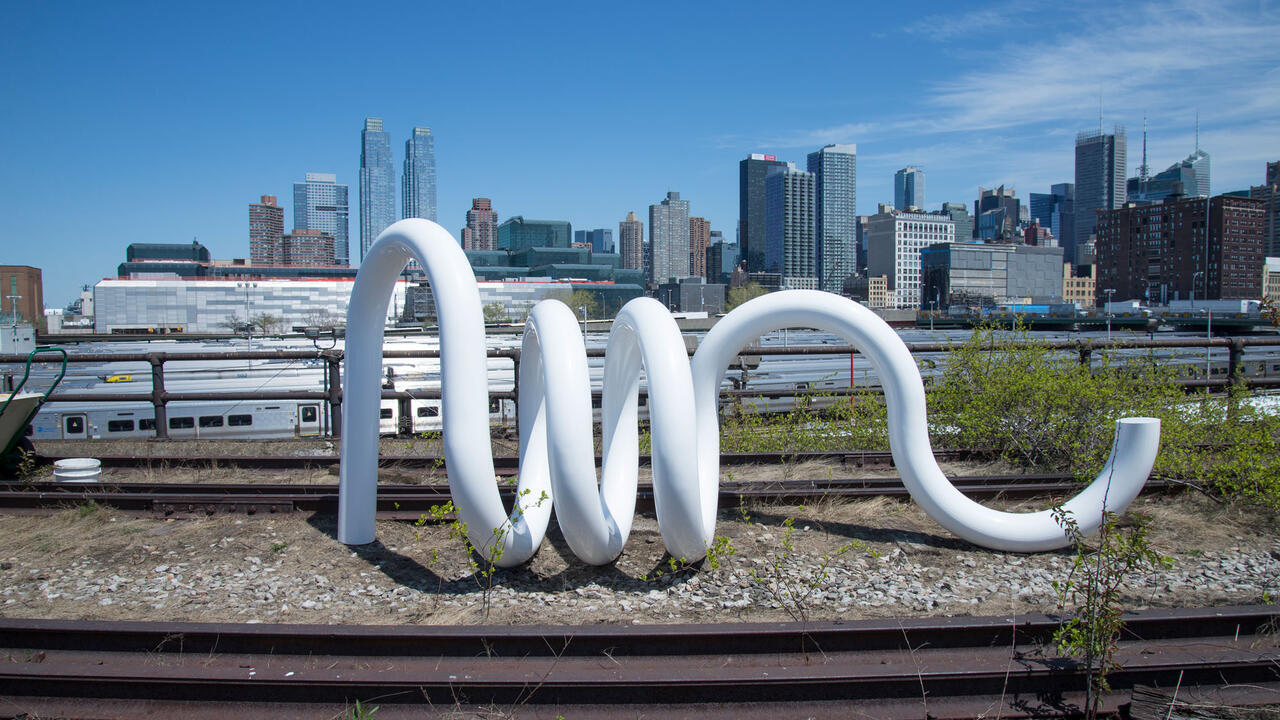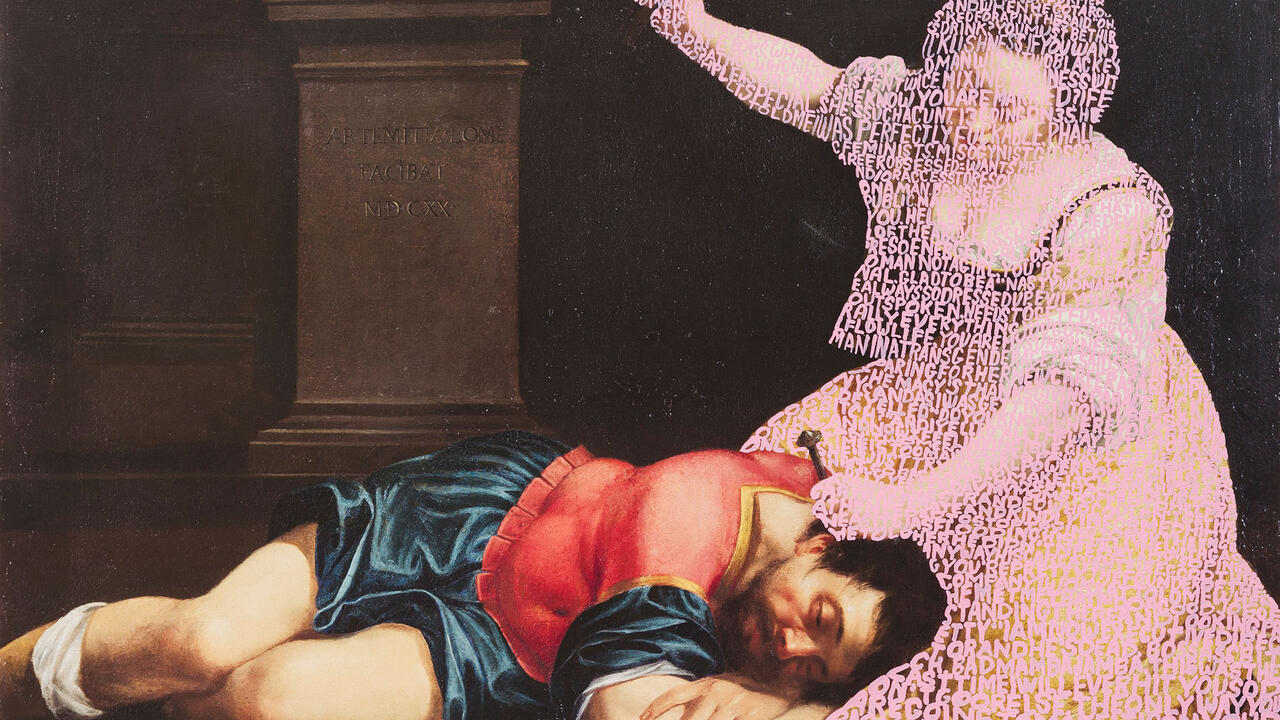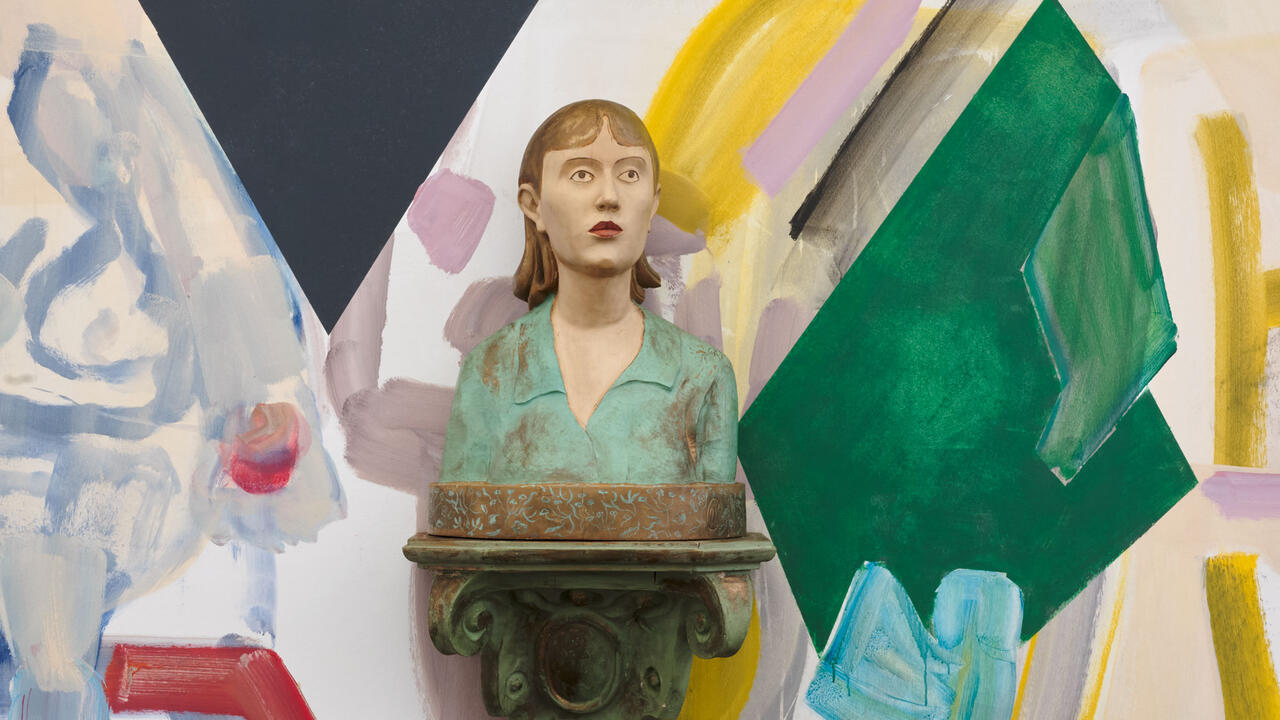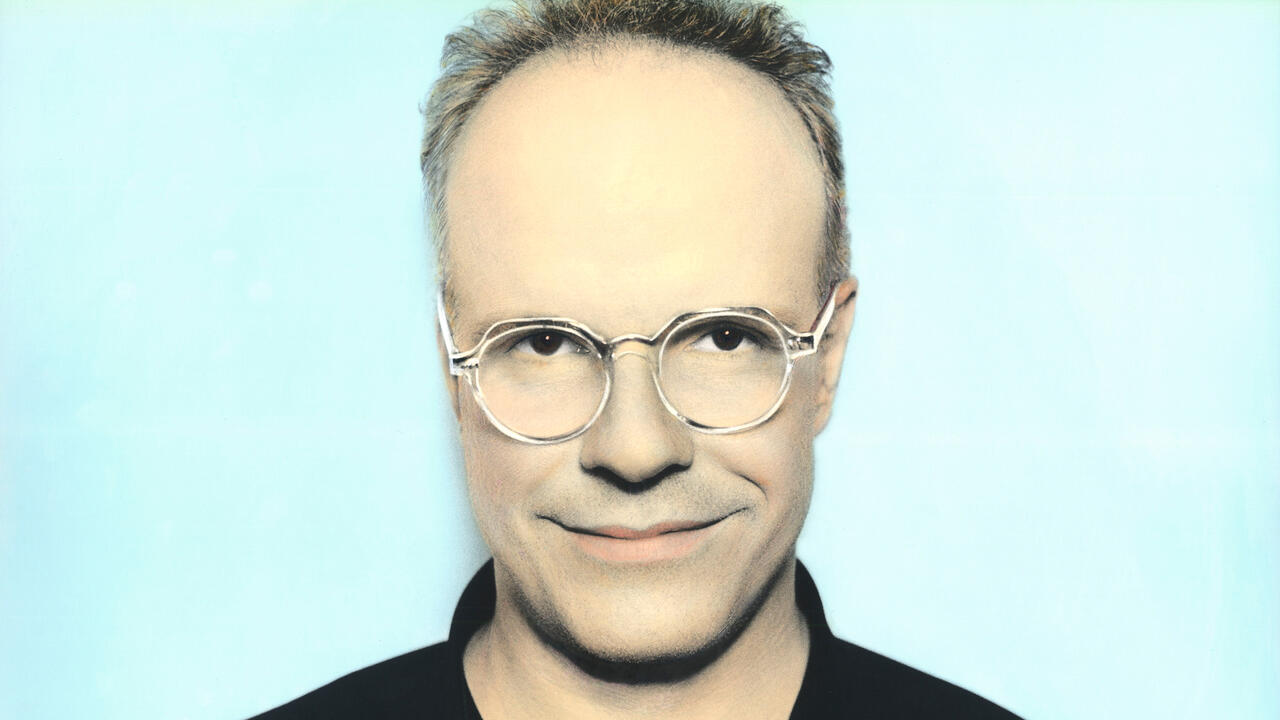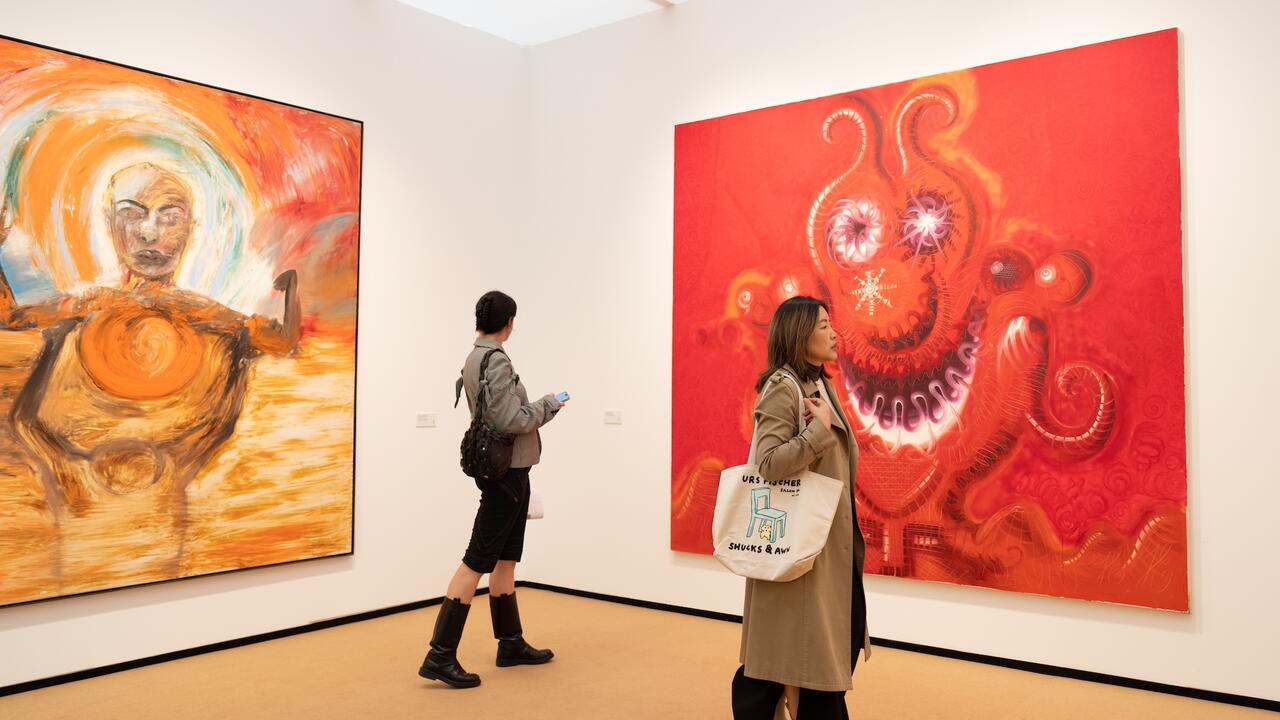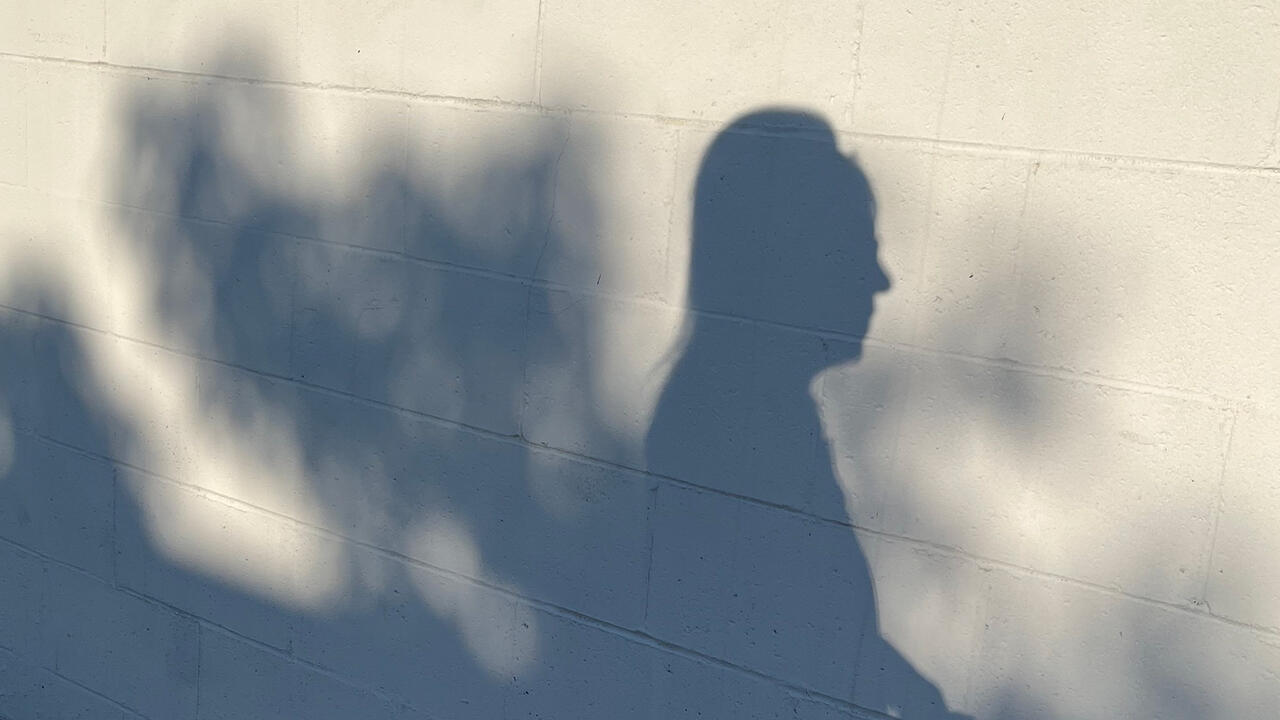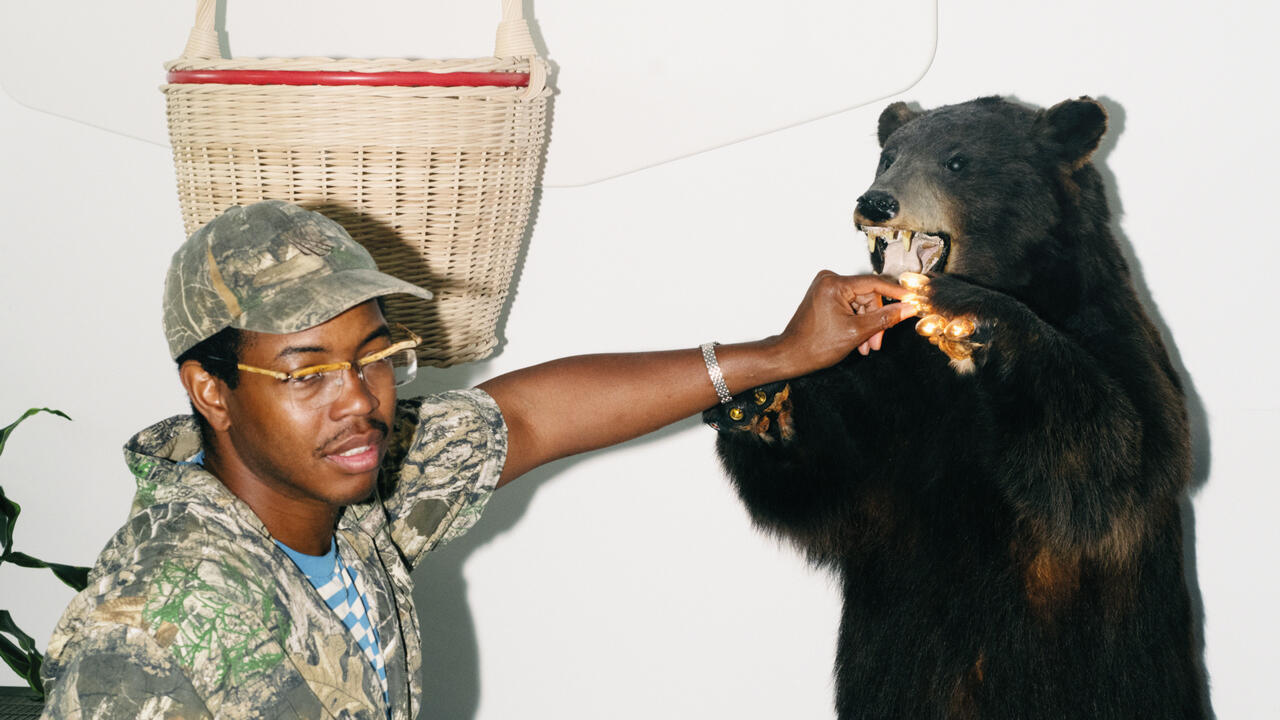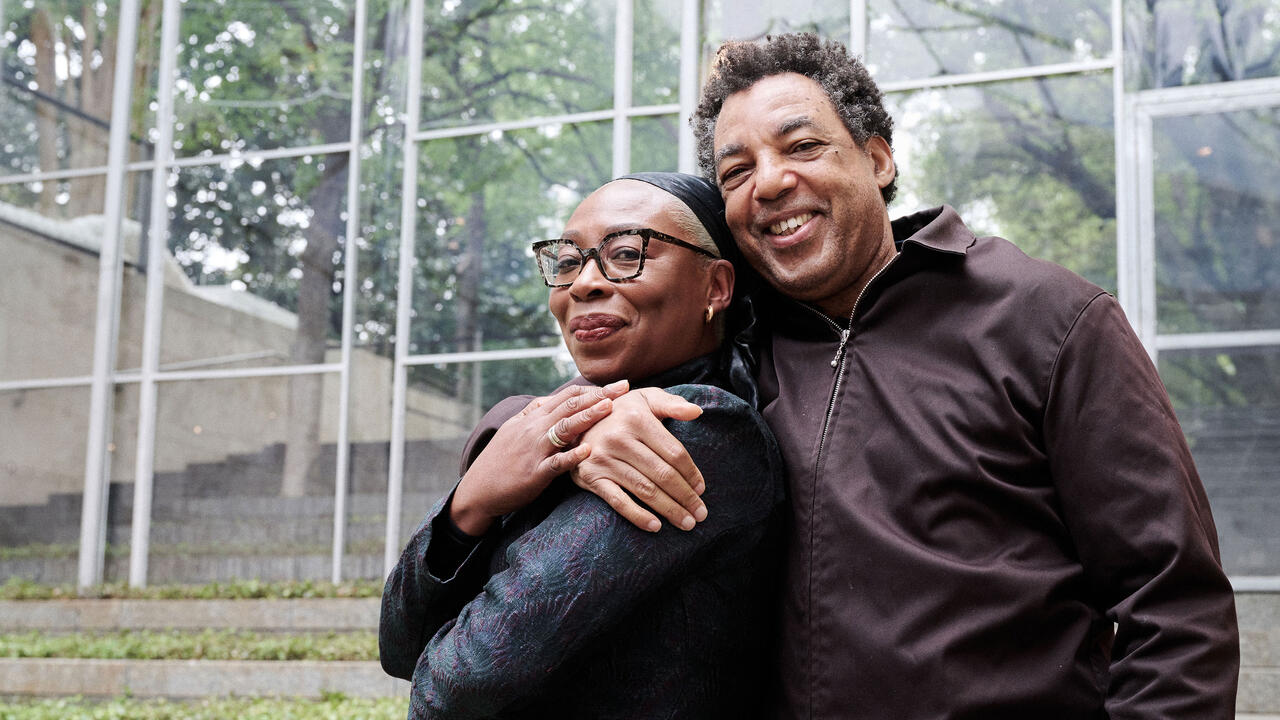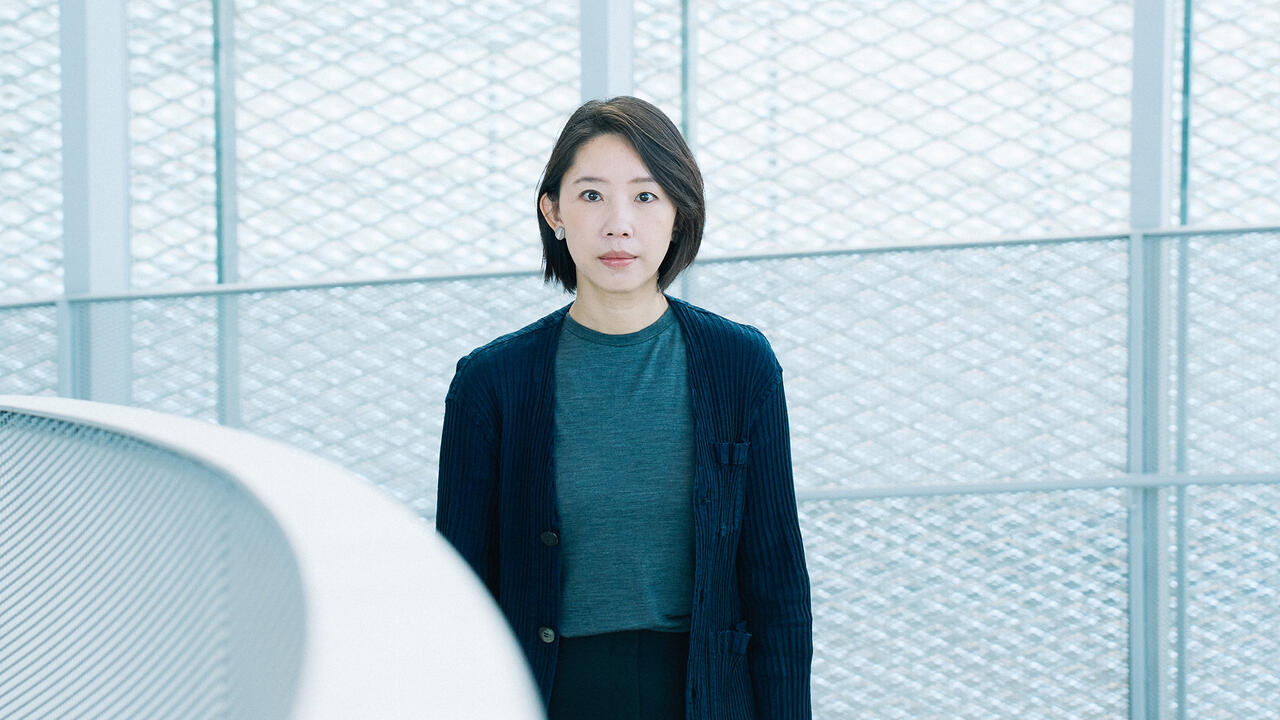Legendary Gallerists Monika Sprüth and Philomene Magers Discuss Their 35-Year Journey In the Arts
‘When I opened Monika Sprüth Galerie, only very few German gallerists represented women artists’
‘When I opened Monika Sprüth Galerie, only very few German gallerists represented women artists’

Pablo Larios Since the 1980s and 1990s, your galleries have been instrumental in supporting artists such as Jenny Holzer, Barbara Kruger, Louise Lawler, Cindy Sherman and Rosemarie Trockel, to name a few. With regard to gender, how was the situation in the arts in Germany in 1983, when you opened Monika Sprüth Galerie in Cologne?
Monika Sprüth When I opened Monika Sprüth Galerie, only very few German gallerists represented women artists. I opened the gallery with Andreas Schulze, and my third show was with Fischli & Weiss – but the gender issue was on my mind the whole time. Historically, it was overdue to support female artists. As you know, I showed Rosemarie Trockel, Cindy Sherman, Barbara Kruger and Jenny Holzer early on, but the ‘offensive’ all-female show didn’t come until 1985.
PL How did people react to your ‘Eau de Cologne’ (1985, 1987, 1989 and 1993) series of all-women group exhibitions and magazines (1985, 1987, 1989) with your interviews with gallerists, curators and artists – featuring Ingrid Oppenheim, Nancy Spero, Ingrid Sischy, Georgia O’Keefe, Marisa Merz, Louise Bourgeois and Ileana Sonnabend, among many others?
MS Of the shows, people said: ‘it’s nice, and she has some good artists, but it is not a real necessity to focus on women.’ Ten years later, it would be impossible to run a gallery without a single female artist. I don’t know if we were the only ones, but the gallery definitely played a role in shifting awareness – also in an offensive way. The Eau de Cologne magazines, for example, I did not take so seriously at the time. The intention was more to provoke and to get attention.
PL Philomene Magers, how different was the situation for you when you opened your first gallery in 1990?
PM I grew up with a feminist mother, and in the art world.
PL She was a gallerist, too, correct?
PM Yes, and she was involved in first-wave feminism. As a result, I was somewhat shielded from gender as an issue influencing my life. Male power, preeminent in the art world? I couldn’t imagine such a thing! This all changed when I was 22 or 23 and began working for the art collection of Siemens. Their headquarters contains the board and advisory board and is so large that it has its own supermarket. When I arrived, I was the only female academic in the entire building. And that was the first time in my life that I understood that the world is completely different from how I thought it was. And since then, it has been my daily business to confront this issue.
PL Were there other female gallerists working at the time?
PM There have always been female gallerists, such as Ileana Sonnabend or, earlier, Mutter Ey, the so-called mother of the Dusseldorf art scene. You could argue that being a gallerist is the first area that women could conquer in the field of the arts. Perhaps it helped to have certain so called ‘female’ attributes, like knowing how to take good care of someone, in this case the artists. But I think there are very few really, really powerful influential female art dealers in my generation. And you need to ask, why is it that way? I think it was slightly different for you, Monika, when you were starting out, and Barbara Gladstone, Marian Goodman and Sonnabend were gallerists with considerable power.
MS Yes, I’m from another generation. I was trained in architecture, a field in which very few women were active. In the late 1960s, we were ten women – a lot for the time. We took geometry class together with engineering students. When we would enter the big auditorium there, the men would wolf whistle. When I was working as a maths and construction teacher, I was the only woman teacher at my school. I never really cared but it was good to have the sense for what it meant to struggle in a men’s world. I had no fear. It is important to go into the conversation with a lot of confidence, which can help to bring women in positions of power today: the only women who can change the situation are those who are willing to be part of the game.

PL I’d like to ask you both a question that you, Monika Sprüth, asked Barbara Kruger in the Eau de Cologne magazine in 1985: ‘Do you think women have a different way of dealing with power?’
MS Yes, I think so. People who have power – and this is mainly men – tend to express themselves more confidently. As a result, I think one has to go into the situation with confidence, too. Over our many years of running the gallery, we have a clear programme, we have never lost an artist, we are global and respected. But power-wise, market-wise, certain male gallerists would still be discussed before us. Why do you think this phenomenon still exists?
PM When power is expressed in a certain way, people feel that this is somewhere where they can place their trust or belief. Society needs to place its trust somewhere, and it gives it to men. I would argue that today, people in the arts, including women who collect, still find more trust in powerful men. It’s a real structural problem. The world is used to ‘male’ ways of dealing with power, and we are not at the point yet where people feel that they can trust the competencies and skills of women in our field. Women need to teach society about the ‘female’ way of doing things. As long as that fails to happen, we're stuck in the old situation.
PL It seems to me that the way you have run the gallery has been to show results in practice. The quality of the artists you show, for instance. Or who you hire: in Cologne, for instance, the gallery employs only women.
MS We work with them because they are great.
PM It’s true; though we hire the person who is best for the position. Many in our team have worked with us for twelve years or even more.
PL But how about your artist list, which includes more men than women?
PM It’s an interesting question, and one that we have discussed. From the beginning, we have tried to show artists who are pioneers in their field. And if you look at the art history of the 20th century, you simply don’t have such a high number of female artists who are ‘the pioneer’ in their medium. And this is something you cannot fake.
I was on a panel on feminism a couple of years ago with a woman responsible for bringing female artists into a major Old Masters museum in Spain. She argued that when her children go to museums, she doesn’t want them to only see male painters. I asked: what would it teach the children? While there are, in rare cases, significant female artists to discover who are on par with the men, the task risks ignoring the art historical facts of that time. It can lead to an incorrect picture: that the great artists have all been men alongside certain inferior artists who are women.
MS Historically, women in the arts didn’t reach self-confidence because they didn’t receive the same support – especially in painting. Which is why there aren’t so many important female painters: in painting you had to have a really tough, stubborn personality to receive attention and support. The really innovative female painters like Agnes Martin and Bridget Riley had to go through another struggle to get the same recognition as men concerning the quality of their painting or, even more, concerning their position on the art market.
Our job as a gallery is to help to create a structure which helps women to get confidence and visibility, but on the highest level possible. If we had shown only women it would have not changed anything – respect for the gallery grew because these women artists such as Holzer, Lawler, Kruger, Sherman, Trockel and more were the innovative ones of their time: the ones who became role models for the next generation.
PM We have an example of a great artist that we are just showing, Senga Nengudi. There are definitely other cases like hers within the arts of the 20th century. If you look at the artists working in the 1970s, within the realm of African-American artists, you had the problem that the women working during the time of the Civil Rights movement, were, on the whole, overshadowed by the guys. Many of the female artists, such as Faith Ringgold, were working with techniques considered ‘female’, such as quilt-making or print-making, or they had been active politically. Nengudi was in a post-minimal tradition, which only received belated attention. And when it did receive attention, that went to David Hammons.
MS There have been women artists who have been forgotten – and it is important that they gain recognition. But this new idea of trying to find forgotten women in every corner will not change too much. The art world and art market are so big and hungry that this often leads to confusion. I’ve seen many major museums where curators, under this pressure, come to conclusions which I find dangerous. These museums are standard bearers for how the visual arts, in different media, represent the past centuries of our world. And we have to choose the best and support them. Only this way a generation of younger women artists will feel confident and strong.
PL What are your feelings about movements like #MeToo and #NotSurprised and other ‘viral’ attempts to call attention to power disparities in gender?
MS It’s a question of power and nothing else. This needs to be addressed and this discussion in public is overdue and necessary.
PM It’s about abuse of power, and it’s about time this has come to attention. As always, anyone might abuse power for their own gain but I think this will definitely change the situation of women in a wider context. And there’s no way back to the point where this discussion started from. If you follow the Weinstein case, there was this whole industry of females employed to hide his missteps which made something like that possible. I think men probably wouldn’t dare behave in that way anymore because they’d fear the legal consequences. However, I do not believe that the #Metoo debate influences how female achievements will be perceived.
MS Even on a financial level, women are not paid the same as men. I was shocked to learn that leading female actors make less money than their male counterparts. I didn’t want to believe it.
PM Within contemporary art, there is a certain group of artists who make the most money. And there are only a few female artists whose prices are at that level. Which brings the question: are women not interested in being as financially successful as their male counterparts? Are they doing something to withdraw themselves from that situation?
In addition, a certain group of male artists operate on an industrial scale: huge studios, with hundreds of employees, and huge turnovers in production. Which brings a lot of material to market. I think that it’s not only the dealers but also male artists who copy the attitude of their male clients.
MS This comes back to the first question: ‘do women deal differently with power?’ Some of our artists like Cindy Sherman, Barbara Kruger or Rosemarie Trockel want to get the recognition they deserve, but don’t want to play too much the power game which could be involved here! And for the most female dealers they work with, the highest prices are not the only sign of acceptance and quality and artistic importance.
PM Right now there is a feeding frenzy in the market. The art market has turned global, and there is a huge demand for material. Obviously there is an added financial aspect: art by under-recognized female artists becomes a section of the market, and in a way the art market is today, a new field of speculation. The only thing that you can hope for is that, because the market is looking at a larger number of women artists now, it sheds light onto the truly important female artists. And even beyond any wave, that they will stay the focus of attention.
MS Indeed, there are quite a few great women artists. But can you imagine if they would only show with us?
Monika Sprüth and Philomene Magers are the founding directors of Sprüth Magers gallery, Berlin / London / Los Angeles.
Main image: Monika Sprüth and Philomene Magers. Photograph: © Robbie Lawrence








